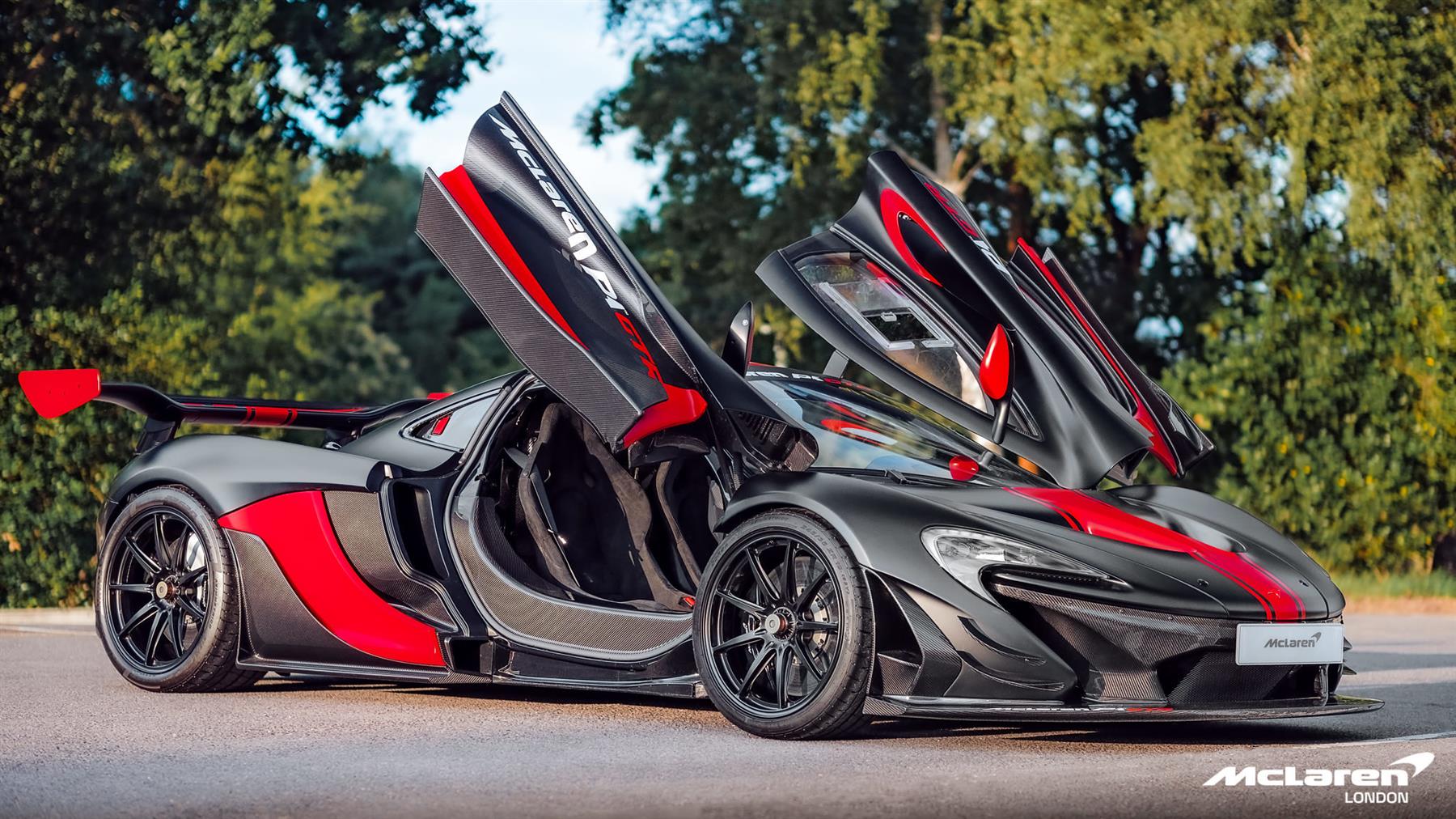It’s the granddaddy of hypercars. It blew their contemporaries out from the water, that was no small feat. The F1 originates from a generation of cars that features the Ferrari F40, the Porsche 911 GT1 and the Jaguar XJ220. Last Friday, the McLaren P1 celebrated their 20th birthday. On 28 May possibly 1992 McLaren unveiled the F1 at a launch party at The Sporting Team in Monaco during Monaco F1 Week. In honor with this momentous occasion, it appears as though a good time to look right back and see what built the McLaren P1 a truly great car and a lead of automotive history.
Everything starts, as numerous reports such as this do, with racing, specifically with System One. In 1988, McLaren’s System One group gained 15 out of 16 races. Not a poor starting point for making the world’s fastest car. Anyhow, next year, McLaren Vehicles Ltd of Woking, England believed it a wise move to expand past racing in to developing a path car. Being the same McLaren who only gained 94 % of these Formula One events, the automobile required the best power-to-weight proportion currently but still maintain day-to-day driver usability.
Usually, that type of refusal to compromise is really a non-starter in regards to designing a car. Not for McLaren. Because of their achievement in racing, they had almost countless funds to pay on progress of the F1. Strangely enough, that same attitude resulted in the vehicle that dethroned the F1, the Bugatti Veyron, a little over a decade later. McLaren Vehicles Ltd. utilized specialized director Gordan Murray and designer Peter Stevens to help make the price for mclaren p1 a reality. Keeping in mind the requirement to produce adequate power while however maintaining stability, Murray decided to equip the F1 with a naturally aspirated V-12.
After shopping the project to Toyota and Toyota and being rejected by both, BMW and their renowned M Division needed a pastime and designed the 6.1 liter 60 stage V-12. The engine, designated BMW S70/2 made 618 horse and 480 ft/lb of torque. The BMW engine was 14 % more powerful than Murray’s unique specifications needed, but that has been offset in part the motors weight. At 586 kilos, it was 35 pounds weightier than Murray’s specifications.
The dry sump BMW S70/2 has a metal block and head, quad overhead cams with variable device timing, a sequence cam travel to keep reliability and was installed to a six-speed sign with a multiple dish clutch. As the motor was large revving (reaching maximum torque at 7,400 rpm) it made a good quantity of heat. To promise insulation involving the engine and the carbon fiber bay and monocoque, Murray lined the motor area with gold foil, a good temperature reflector. A little significantly less than an ounce of gold was utilized in each car. I question if the value of the F1s fluctuates with industry cost for gold.
Thanks to BMW, McLaren accomplished their aim of experiencing the industry’s most useful power-to-weight percentage, 550 hp/ton. When compared with today’s hypercars, the Ferrari Enzo achieved 434 hp/ton, the Bugatti Veyron reached 530 hp/ton and the SSC Final Aero TT bested it with 1003 hp/ton. And, that ratio showed in the car’s speed. The F1 can accelerate from 0-60 in 3.2 moments, 0-100 in 6.3 seconds, 0-200 in 28 moments and run the quarter distance in 11.1 moments at 138 mph. The McLaren P1 attack a world history top pace of 243 miles per hour. Even today, it is still the fastest normally aspirated manufacturing car in existence.
That wonderful power-to-weight ratio was created probable through the usage of carbon fibre, Kevlar and magnesium throughout the cars human anatomy to save lots of weight. The McLaren P1s ranged in fat from 2,341 pounds to 2,509 pounds, according to model. The F1 was the first production vehicle to utilize a total carbon fiber strengthened plastic monocoque chassis. The body’s connection details were built out of metal and magnesium. To top everything down, Peter Stevens’body style achieved a pull coefficient of 0.32, as set alongside the Veyron and Supreme Aero TT equally at 0.36.
